Grow the Gift That Keeps on Giving
Every gardener loves to share their garden with others, whether you’re bringing them freshly cut flowers or a basket of homegrown tomatoes. But what about sharing the actual plants in your garden? From roses to rosemary, propagating plants — an inexpensive way to produce new plants from cuttings of your own established plants — is simple and fun. It’s also a great way to share a piece of your garden with your friends and family. Cuttings and propagated cuttings make for a thoughtful gift that you can create at home for little to no money at all.
In general, plants can be propagated in one of two ways—either from seed, as is most common with annuals and in nature, or from cuttings. Propagation from seed is a fairly straightforward process that is simple to learn but difficult to master. Propagation from cuttings is also simple to learn and as with seed propagation, some plants and processes are more challenging than others.
In this post, I’ll cover basic propagation methods that require no special equipment, as well as a variety of plants that are commonly propagated from cuttings.
Cuttings
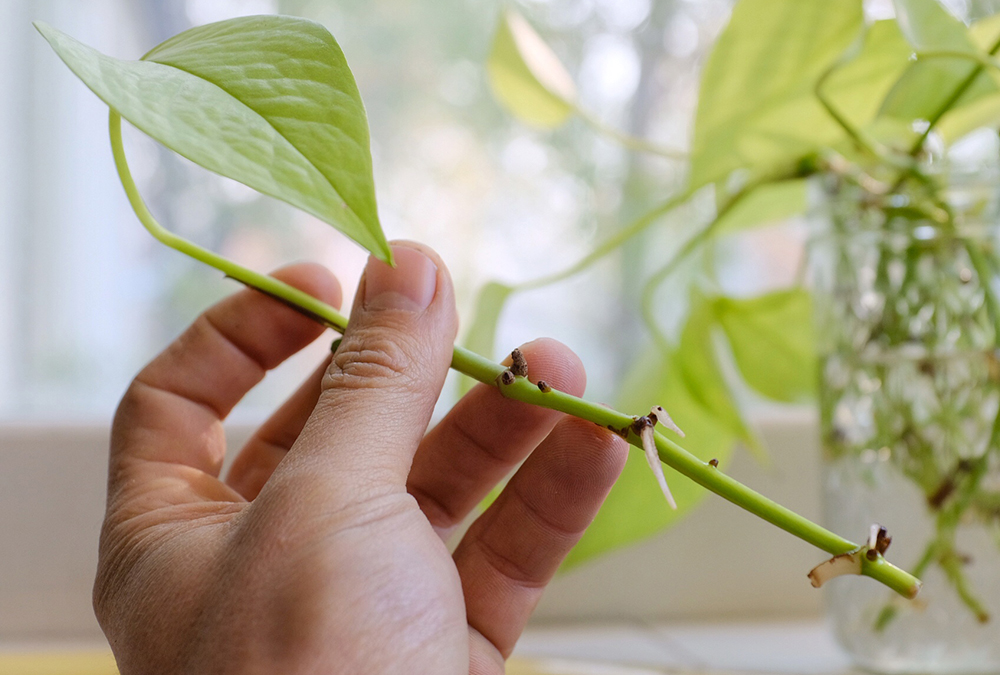
A cutting is any section of plant removed from its parent plant that can be rooted to create a new plant. Cuttings can be taken from plants throughout the growing season or the dormant season, though success rates and rooting times will vary with each variety. “Softwood” cuttings are new growth in the current season, “semi-hardwood” refers to first-year growth later in the growing season, and “hardwood” is a cutting taken from a dormant plant after the growing season. Some plants are more commonly propagated from softwood cuttings, while others are commonly propagated from semi-hardwood or hardwood. Keep in mind—most hardwood cuttings will take longer to root than softwood cuttings.
Water Propagation
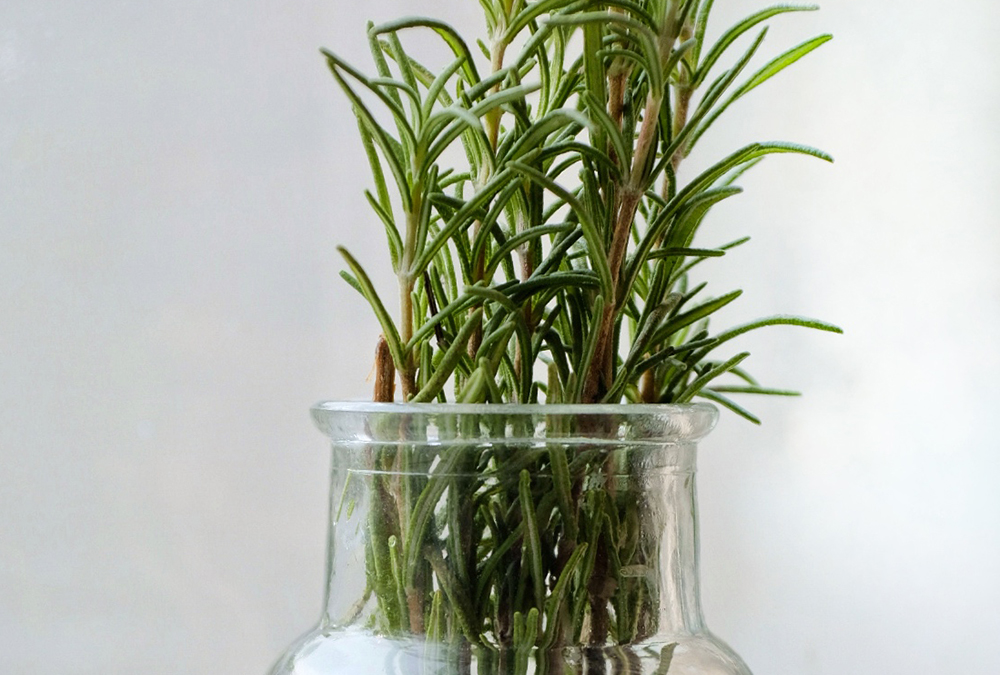
Using water as the growing medium to root plant cuttings is a great way to propagate a variety of plants. Plants can be propagated in water any time of year, right on your kitchen counter and without any special equipment. The concept of water propagation contradicts traditional propagation methods, which suggest placing cuttings in well-drained growing mediums to prevent root rot. While wet soil will often lead to root rot, it’s most often the soil pathogens that harbor fungus and disease, not the water alone.
Soil Propagation
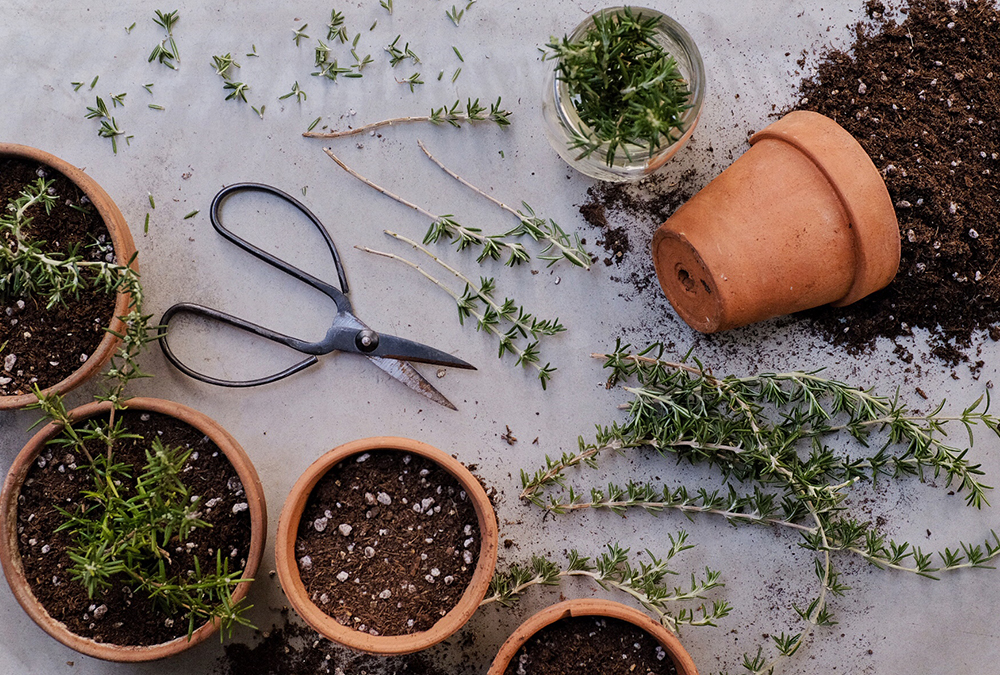
Plants can be propagated in soil through a process very similar to water propagation. The main difference in the process is that cuttings are placed in a well-drained growing medium, rather than water. A mixture of equal parts potting soil or peat and perlite works well, though there are a variety of options available, and some growers simply propagate in sand. The most important consideration for the growing medium is that it promotes the growth of a healthy root system through good air circulation.
One of the simplest ways to soil propagate succulents is to simply remove leaves from a plant and set them on a well-drained growing medium such as cactus potting soil. The leaf will set roots from its base and eventually grow into a clone of the parent plant that it was removed from.
Propagating Herbs
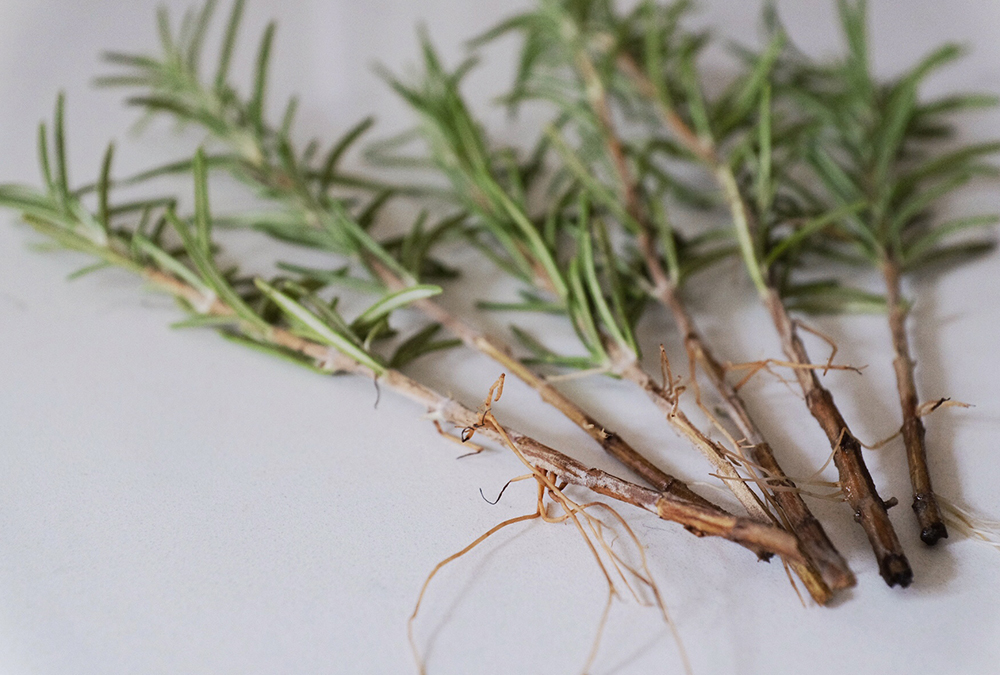
With so many herb varieties to choose from, there are also a wide variety of methods that can be used to propagate different herbs. Annual herbs such as cilantro, dill, and parsley are most often grown from seeds; however, others like basil may also be propagated from stem cuttings. Perennial herbs like rosemary, oregano, and thyme are more commonly propagated from cuttings of either softwood or semi-hardwood. Most perennial herb cuttings can be propagated in soil or water and at any time of year, though success will vary both in season and variety.
Propagating Succulents
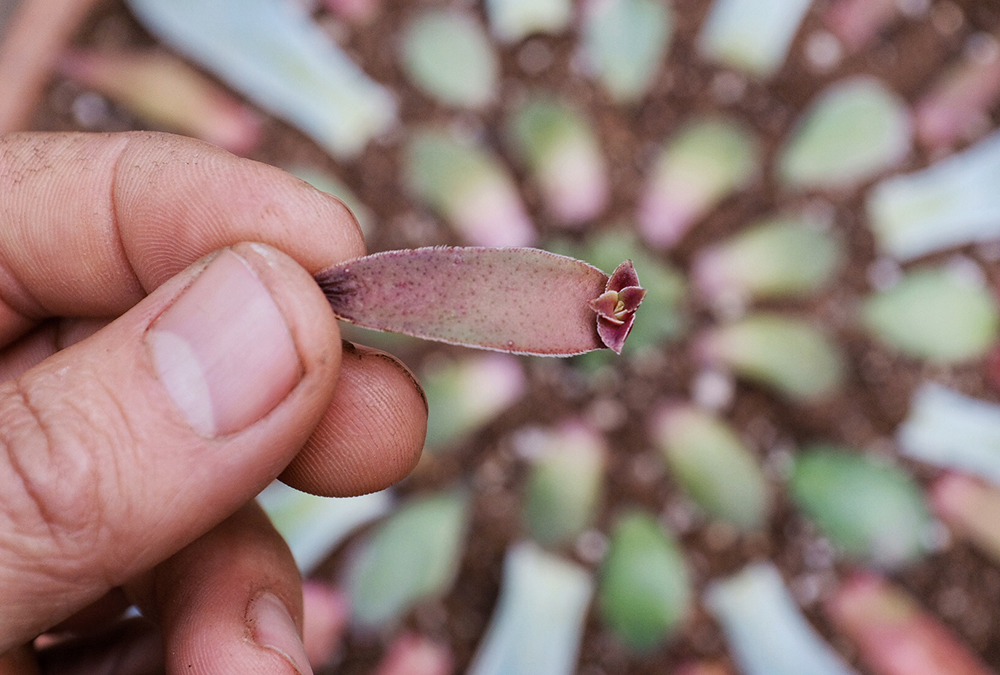
Nearly every succulent can be propagated in water or in soil and by a variety of methods. An important step when propagating succulents is to allow the cuttings to form a callus on the cut end before placing them in soil or water. Cuttings that have not calloused will often rot and die.
The best method for propagating a particular succulent often depends on its current growing habit, which will often determine the type of cutting you select. In many cases, succulents have leaves that can be removed and simply placed on a moist growing medium to root unassisted over time. In other cases, mature succulents will often sprout offsets, sometimes called “pups” that form at the base of the parent plant. These offsets can be removed and propagated in soil or water. Some succulent varieties may grow long and leggy over time and can be trimmed back to retain a more compact growing habit. These trimmings can be propagated in soil or water to create a clone of the parent plant.
Propagating plants from your garden is a great way to share your garden with friends and family this holiday season—or any time of year. For a thoughtful last-minute gift, you may even choose to share fresh cuttings from your plants with simple instructions for others to propagate themselves. Because so many types of plants can be propagated from cuttings, the hardest part just might be choosing which plant you want to share.
Ready to get started? Check out this Infographic for step by step instructions on how to propagate your plants in water.




